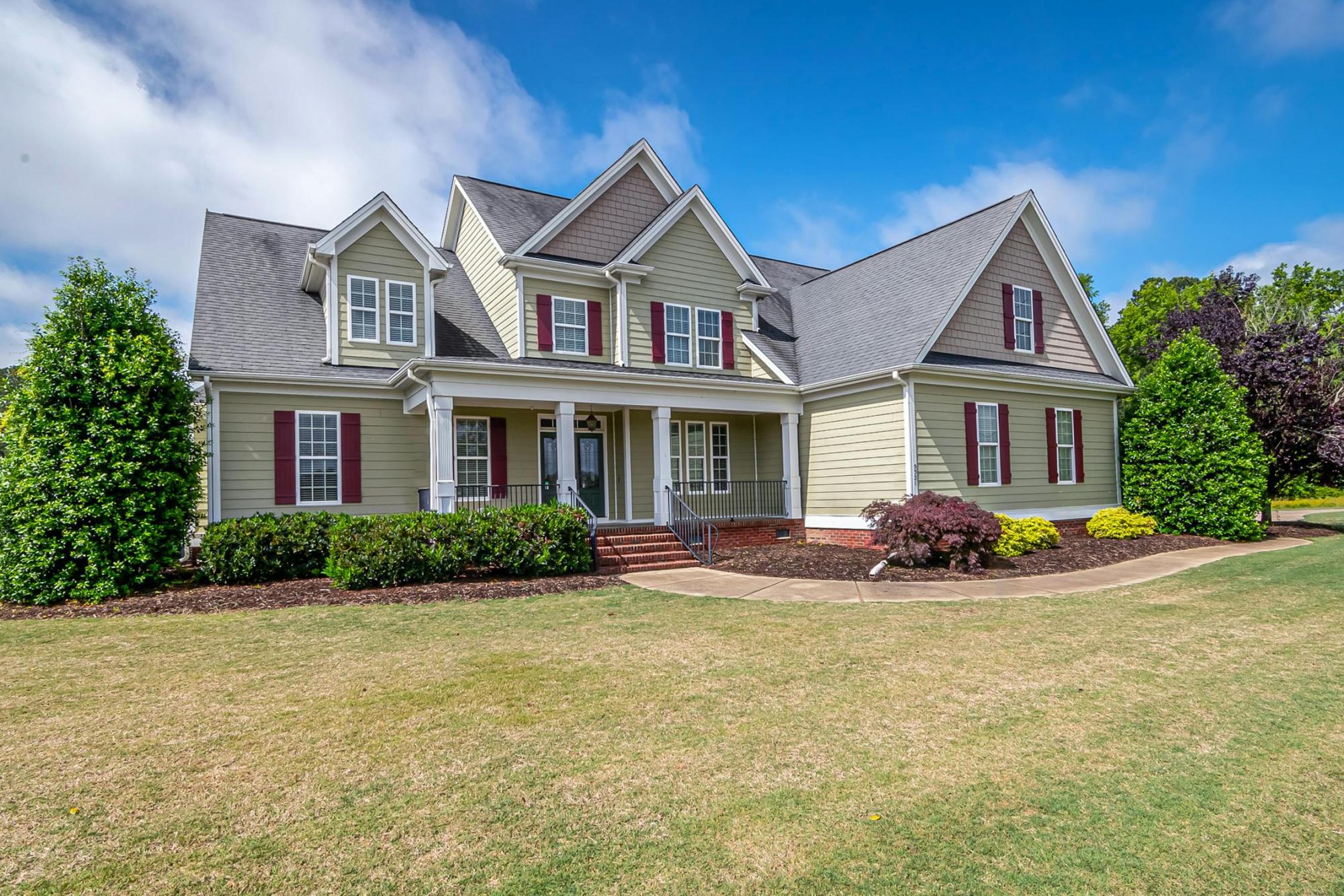Grass lawns make no sense. Sure, they look nice and maybe function as a soft surface to walk and sit on, but the costs associated with them far outweigh any value they may have.
Despite a modern decrease in popularity, the common answer has been “yes.” Lawns have remained a cultural icon, representing the American dream of success. But, on the other hand, they also represent the American plague of vanity and consumption.
Today, grass is the most extensively grown crop in the US at about 40 million acres. The explosion of the American economy over the past century has fueled the ability of the middle class to afford excess goods, including lawns. In particular, the postwar boom in the 1960s made suburban life far more accessible—even though many still remained locked out financially. Thus, along with the single-family home with a picket fence, the lawn became a widespread manifestation of the American dream for socioeconomic prosperity.
The lawn’s association with success–showing off one’s ability to spend time and money on a purely decorative object–has remained for decades. Lawns are still perceived as an indicator of home value, a resident’s care for appearances, and conformity.
However, while they may signify the unwavering hope of the common person, lawns take on a bleaker context in modern times: They represent the destructive consumerism and excesses of American society. The United States’ population grew 60% since 1970, but its consumer spending increased by 400%. From the prevalence of advertisement to the ridiculous ease of shopping, there has been encouraged spending and excess. Grass is a perfect example.
Here’s why: The EPA estimates that landscape irrigation (the majority of which goes to grass) totals nearly 9 billion gallons a day, about a third of residential water use. That comes even as droughts grow more prevalent and fresh water becomes crucially scarce. Moreover, dedicating areas that could have supported a mixture of native plants and animals solely to lawns (and the weeds adapted to live with them) has also harmed biodiversity.
To add to the misery, fertilizer used in lawn care creates emissions both in manufacturing and decomposition, all while killing wildlife through run-off. And even though grass may help to soak up carbon itself, much of that effect is offset by the 800 million gallons of gasoline consumed annually by lawnmowers and other equipment. Artificial turf also does not come out unscathed, contributing to microplastic pollution and manufacturing emissions, all while disrupting local soil.
It raises the question, “Who are we to maintain neat carpets of grass in the midst of global poverty, inequity, and environmental collapse?” Lawns are by no means a decisive factor in crises like these, but they do represent a level of normalized overconsumption that has infected highly-developed countries like the US. It is time to get rid of both; there are plenty of landscape options that do not front such costs—such as native plants. Leaving behind overconsumption is essential to saving the planet.
Some of these changes are happening in the present generation as greater environmental awareness or pragmatism has led some to ditch grass. Perhaps it also signifies that the American dream is changing. The holy grail of homeownership has faded with the extreme cost of housing, and perhaps so too has the lawn—for good reason.

